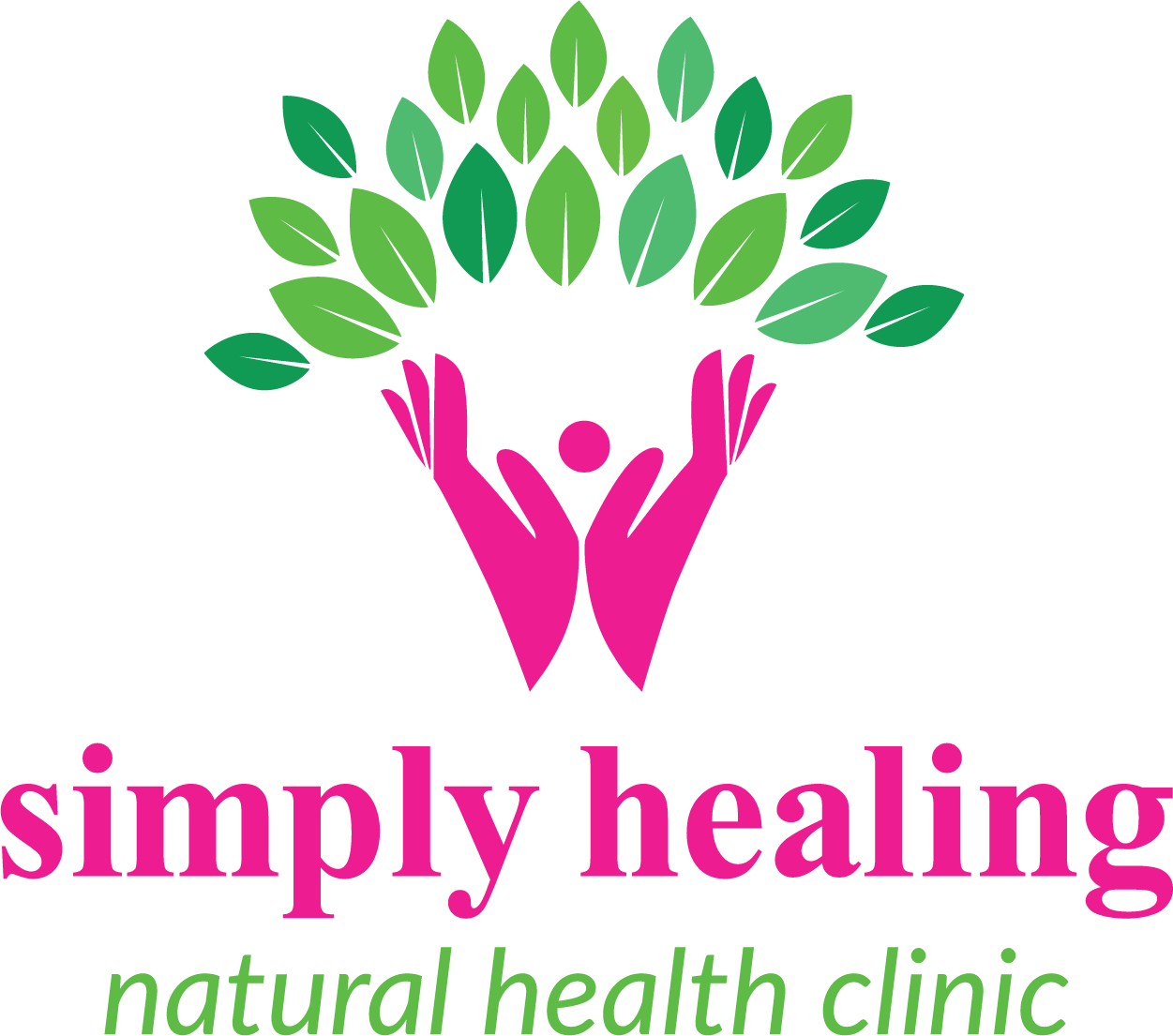Menacing Menopause
What used to be a hidden condition, often referred to as ‘the change’, and more or less whispered about like a venereal disease, is now being spoken about openly. Thank goodness for that as roughly 50% of the world’s population happen to be female. I know! I’m so grateful for stats or we’d never have known. Can you see me rolling my eyes?
The time that causes the most havoc is perimenopause. It’s like a cross over period between fertility and menopause. Menopause literally means a pause in menstruation or periods. And we can blame hormones. We love to blame hormones! But in this case, it’s true. In perimenopause we have oestrogen bouncing up and down as the ovaries start winding up business. Progesterone also starts to decline and other female hormones drop in this time also.
Perimenopause is characterised for many women by hot flushes, and/or night sweats, sleep disturbance, mood alterations, irregular bleeding/periods, flooding (excessively heavy periods often out of the blue after months of nothing) and vaginal dryness. That’s not even the full list just the main points. Fun days women! But it doesn’t need to be a disaster. Just altering diet alone can make a huge difference! And then there is herbs, homeopathics and nutritional supplements that can support perimenopause as well.
Oestrogen seems to be the culprit for most of our distress, however. And that’s good because there is a lot we can do about that to ease the transition.
Diet is the first and easiest support so let’s go there.
Oestrogen is unstable at this time so we can help support stable levels by ingesting phytooestrogens. Phyto-whatchas? These are simply plant based oestrogens. You can’t over consume these as a food source- I guess you could if you were really giving it a red hot go but I’ve not seen any one overdose on veg and fruit yet sooo…. Although these foods have phyto-oestrogens they create oestrogen regulation rather than just adding oestrogen.
Legumes and pulses like chickpeas, split peas and lentils are a top source of pyto-oestrogens
Soy deserve their own mention as they are so rich in phyto-oestrogens but have a bit of a bad wrap thanks to spraying so opt for organic sources in tofu and miso.
Buckwheat
millet
sunflower seeds
alfalfa
pumpkin seeds
fruit and veg
Another thing to consider is that during our child-bearing years oestrogen has a protective quality for our bones. Once it starts to decline our bone density can also start to decline so there is an added need for calcium in the diet. Although dairy is a great source of calcium, I love my clients to get it from many varied sources.
Dairy is the obvious one
Almonds- also have phyto-oestrogens so win win,
Buckwheat- another win win
Sardines and tinned salmon because the bones are soft and we eat them. This is a totally under rated source of calcium
Soybeans- look at all the phyto-oestrogen/calcium cross overs!
Green leafy veg- another cross over.
Egg yolk
broccoli
It’s pretty important to mention that caffeine ie coffee can leach calcium from the bones so women need to avoid it in peri-menopause and menopause- sorry!
And as a last couple of tips…minimise the hot flushes by working out what sets them off. Sometimes it’s a hot drink or a spicy meal. Keep a diary and you might be surprised.
If vaginal dryness is an issue and you want to keep it natural, I strongly suggest coconut oil! Best ever lubricant. Too much information? Oh well! You can thank me later! Or wild yam cream is excellent too as it is a phytoestrogen for the vagina.
Have I covered everything? Probably not but I hope that it brings you some relief. Remember diet is not the end of natural treatments to ease the symptom of peri-menopause and menopause. There is lots more so if you are still struggling check in with your natural health care provider.


